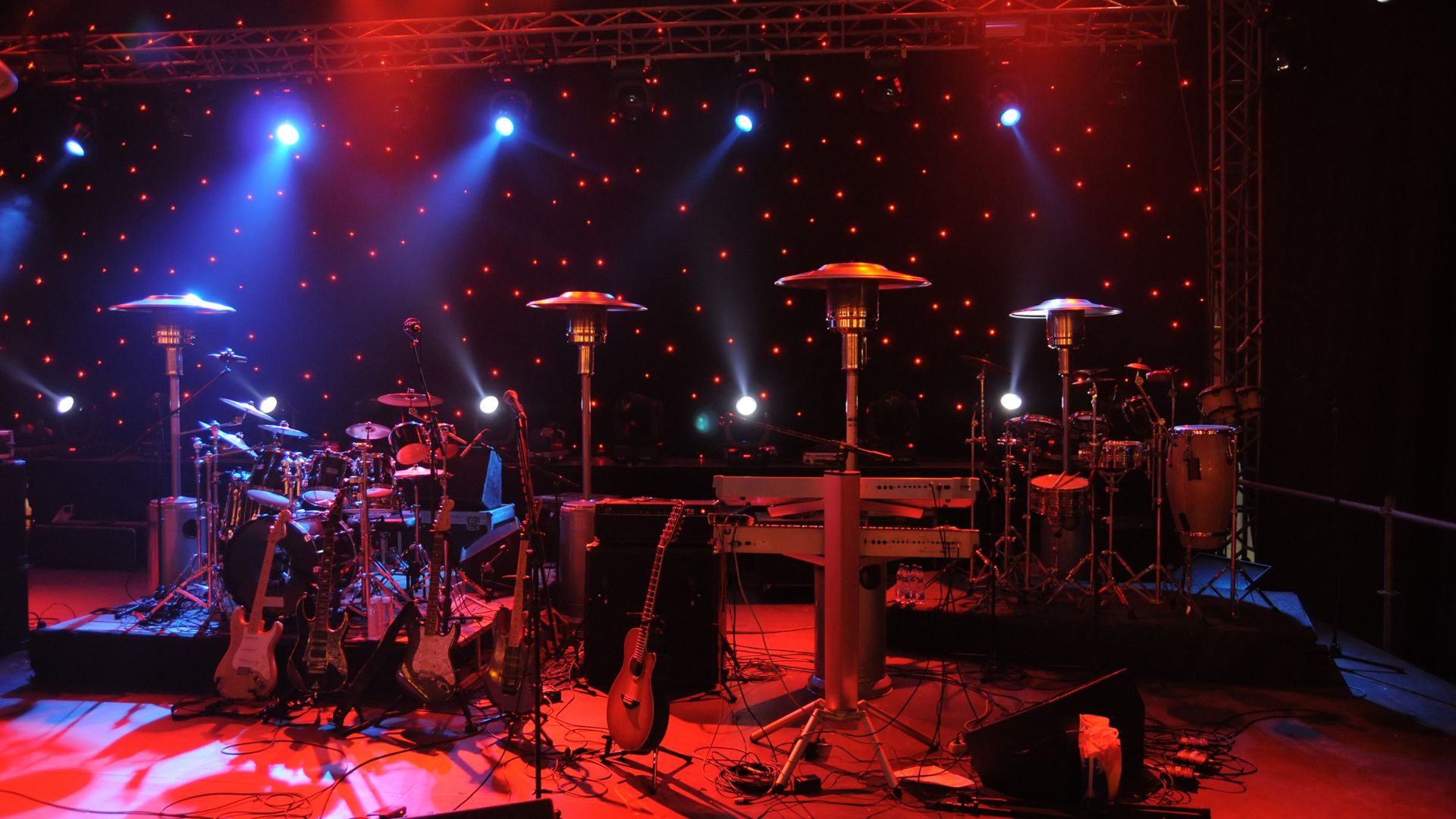How to Use Led Stage Lighting to Create an Amazing Music Show

If you’re looking to create an amazing music show, led stage lighting is a great way to do it. There are different types of led lights that can create different effects, so you can really set the mood for your event. Plus, using different types of lights can help you create a focal point on stage. Here’s how to use led stage lighting to create an amazing music show.
The Different Types of Led Stage Lighting.
Spots are one of the most commonly used types of LED stage lighting. They are powerful and can be used to create a variety of looks, from a bright wash of light to a more focused beam. Spots can be used to highlight performers or specific areas of the stage, and can be controlled to create different effects.
Pars.
Pars are another type of LED stage lighting that is often used in conjunction with spots. Pars are less powerful than spots, but provide a wider beam of light, making them ideal for creating a wash of light over the entire stage. Pars can also be used to create different effects by controlling the intensity and color of the light.
Strobes.
Strobes are a type of LED stage lighting that is used to create brief flashes of light. Strobes are typically used for special effects, such as simulating lightning or explosions. They can also be used to disorient audience members or create a sense of urgency on stage.
Wash.
Wash is a type of LED stage lighting that is designed to provide a wide, even beam of light over the entire stage area. Wash lights are often used as background lights or to fill in any dark areas on stage.
How to Use Led Stage Lighting to Create an Amazing Music Show.
The first step to putting on an amazing music show is finding the right venue. The venue will determine the size and scale of your production, so it’s important to find a space that can accommodate your vision. If you’re planning on using LED stage lighting, make sure the venue has enough power outlets to support your equipment. You should also consider the acoustics of the space and whether or not you need to rent sound equipment.
Set the Mood with Lighting.
Once you’ve found the perfect venue, it’s time to start thinking about how you’ll use LED stage lighting to set the mood for your music show. The type of music you’re playing will dictate the overall atmosphere of the event, so choose your lights accordingly. If you’re playing upbeat and energetic tunes, go for bright and colorful lights that will get everyone moving. If you want to create a more relaxed vibe, opt for softer hues and indirect lighting.
Use Different Types of Lights.
LED stage lights come in all sorts of shapes and sizes, so it’s important to use a variety of light fixtures to create an interesting look. Spots are great for highlighting singers or soloists, while wash lights can be used to illuminate the entire stage. Pars and strobes are perfect for creating special effects, while gels can be used to change the color of your lights.
Create a Focal Point with Led Stage Lighting.
No matter what type of music show you’re putting on, it’s important to have a focal point on stage that will draw people’s attention. This could be a band member who is particularly charismatic or talented, or it could be a piece of art that adds visual interest to the performance space. Whatever you choose as your focal point, make sure it’s well-lit so people can see it from all angles.
LED stage lighting can be used to create an amazing music show by finding the right venue, setting the mood with lighting, using different types of lights, and creating a focal point. With careful planning and execution, you can put on a music show that your audience will never forget!
Conclusion
If you want to create an amazing music show, then you need to use Clfled stage lighting. This type of lighting can help you set the mood and create a focal point for your audience. You can use different types of lights to create different effects. Find the right venue and experiment with different settings to see what works best for your show.
